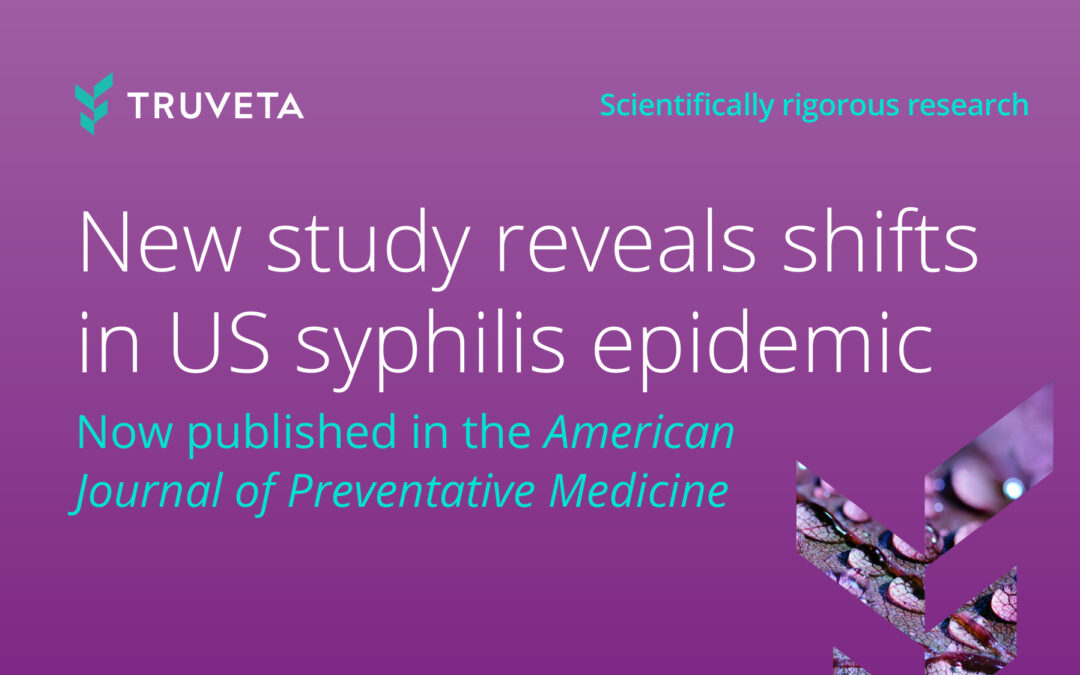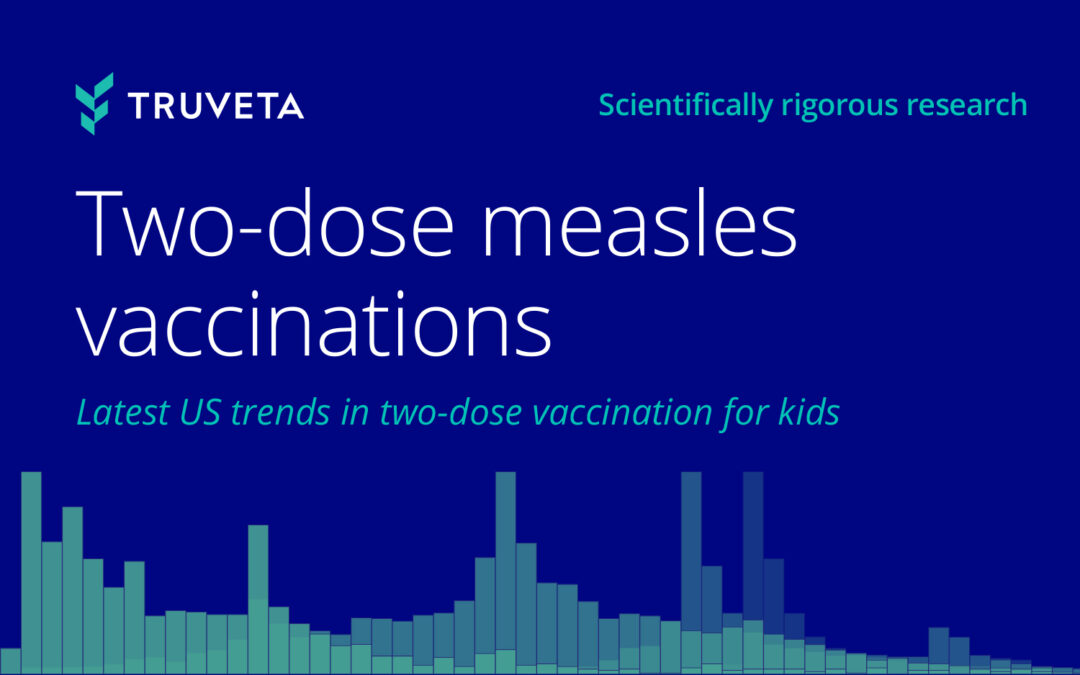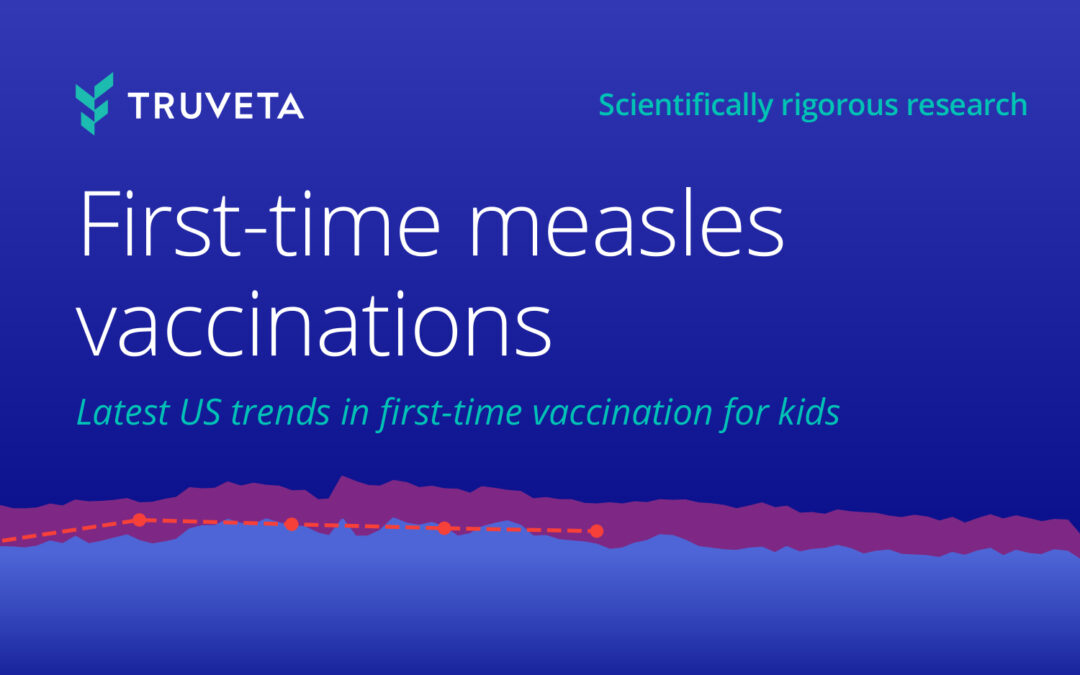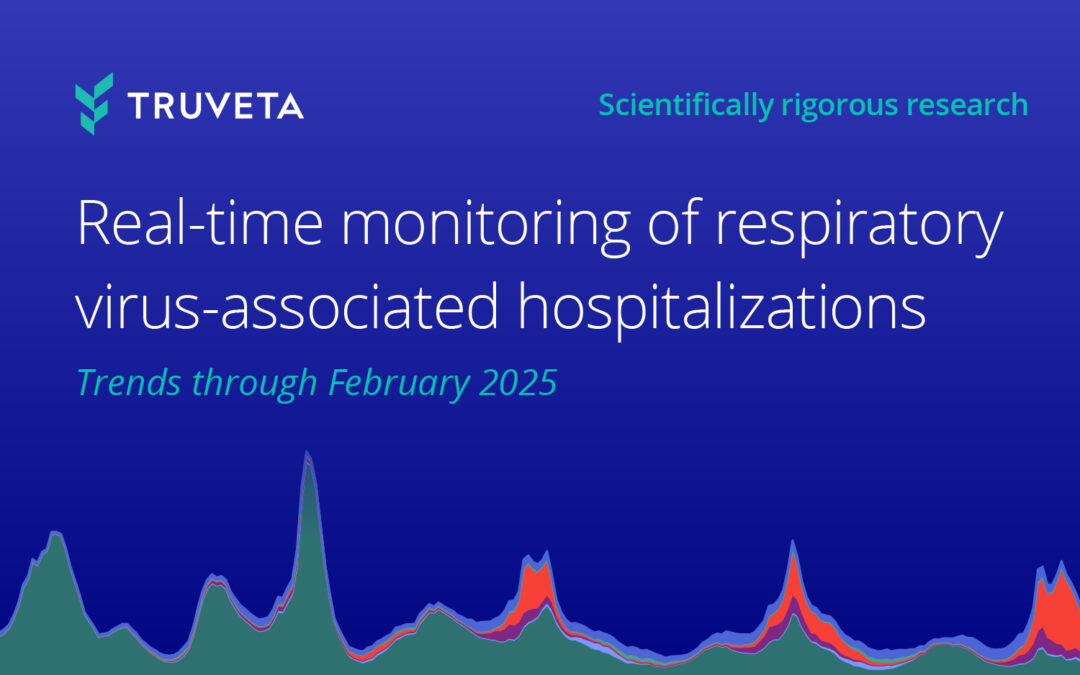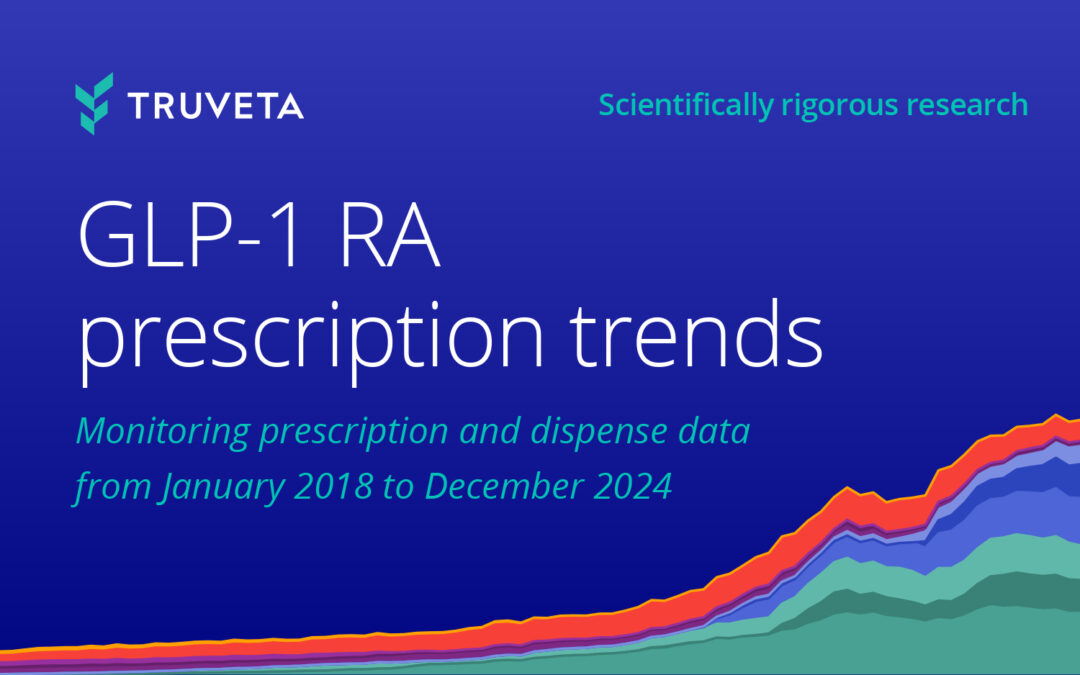Recently, researchers presented new epilepsy research at the American Epilepsy Society Annual Meeting in Los Angeles, California.
Using Truveta Data, the researchers explored two important topics: the link between epilepsy, anti-seizure medications, and cardiac arrhythmias, and real-world dosing of cenobamate, an FDA-approved antiseizure medication for focal seizures in adults.
Exploring the link between epilepsy, anti-seizure medications, and cardiac arrhythmias
Epilepsy affects millions globally and is often treated with anti-seizure medications (ASMs). While effective at controlling seizures, past studies suggest a potential relationship between epilepsy, ASM use, and a higher risk of heart problems, particularly arrhythmias (irregular heartbeats). This new research further investigates this in a large cohort of 32,063,470 epilepsy and non-epilepsy patients.
Key findings included:
- Higher Risk in Epilepsy Patients: Epilepsy patients had more arrhythmias than those without epilepsy, with the risk highest among those on ASMs. Ventricular arrhythmias occurred in 2.9% of treated epilepsy patients compared to 1.8% of untreated epilepsy patients and 1.3% of those without epilepsy.
- Variability Among ASMs: Certain ASMs (e.g., primidone, levetiracetam, gabapentin, and tiagabine) were linked to higher rates of arrhythmias, suggesting some medications may pose greater cardiac risks than others.
- Overall Low Incidence: Despite the risks, new arrhythmias were relatively rare, affecting less than 2% of epilepsy patients overall.
Clinicians should carefully monitor the heart health of epilepsy patients, particularly those taking ASMs, and consider individual cardiac risk factors when prescribing. Future research is needed to better understand the longitudinal association between ASM use and arrhythmias, and the relative risk among the ASMs to manage and mitigate potential heart complications.
This study emphasizes the importance of balancing seizure control with heart health in epilepsy treatment.
Assessing variability in cenobamate maintenance dosing
Cenobamate, an FDA-approved antiseizure medication for focal seizures in adults, has shown significant efficacy in clinical trials. Its recommended dosing involves gradual titration to minimize risks, such as DRESS syndrome, with maintenance doses of 200-400 mg/day. However, real-world usage suggests flexibility in dosing based on individual patient needs.
Using Truveta Data, researchers identified 4,306 patients with epilepsy who were prescribed cenobamate. Of these, 1,813 used the medication for ≥90 days, 1,127 for ≥180 days, and 540 for ≥365 days. Most patients (97-98%) received maintenance doses of 50-200 mg/day, with 100 mg/day and 150 mg/day being the most common doses for those taking <200 mg/day. For patients taking cenobamate for ≥365 days, 54.6% received 200 mg/day, while only 1.8% received doses >200 mg/day.
This real-world analysis highlights that many healthcare providers individualize cenobamate dosing regimens, frequently using maintenance doses below the recommended 200 mg/day. While approximately half of the patients reached 200 mg/day, nearly as many were maintained on lower doses, such as 100 mg/day or 150 mg/day.
These findings align with other real-world observations in less refractory populations, where personalized dosing has proven effective. Cenobamate’s broad dosing range and flexible titration schedule allow for tailored management of efficacy and tolerability.
Future studies are needed to explore whether consistent exposure to specific maintenance doses over time correlates with long-term effectiveness.


